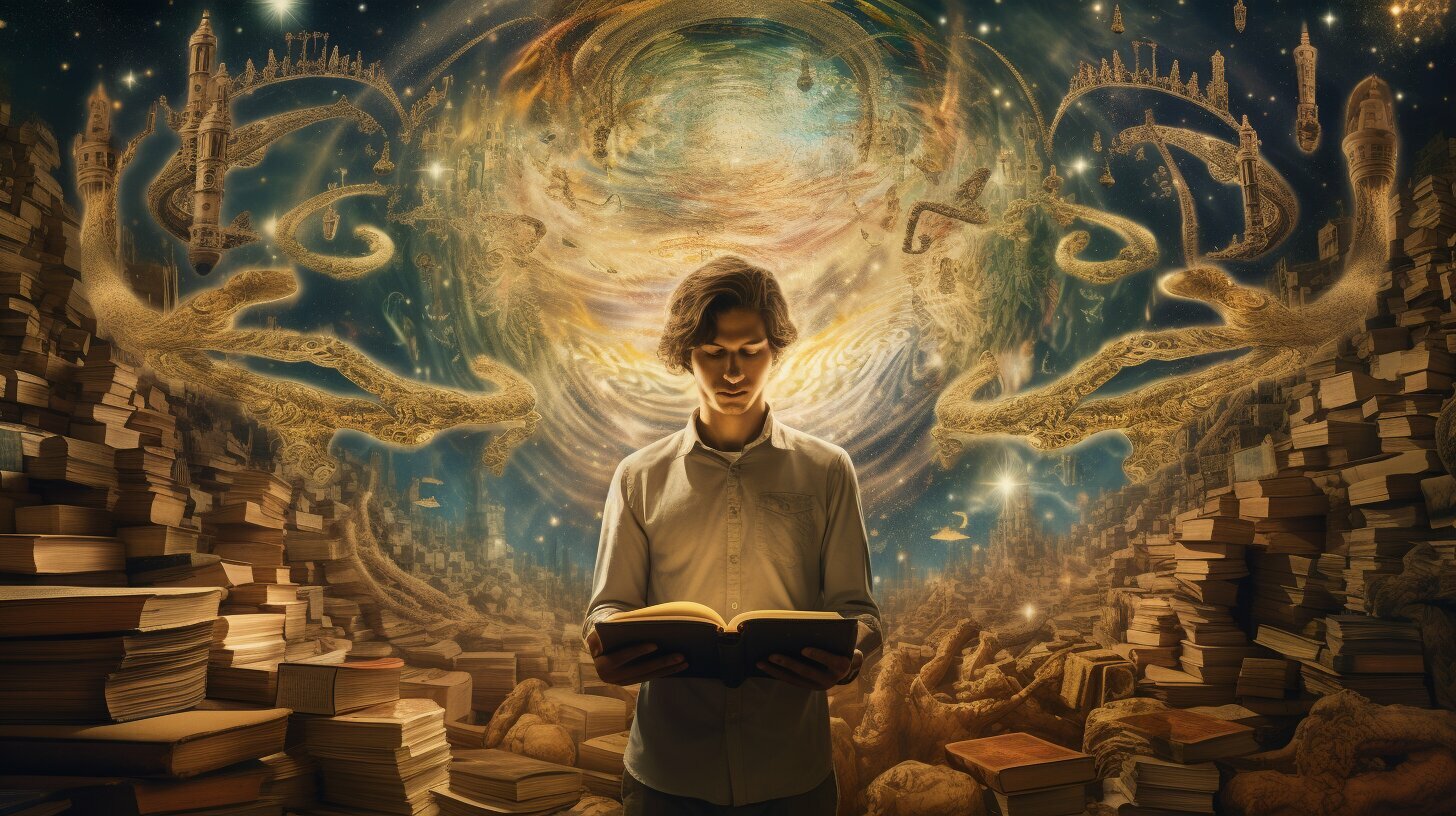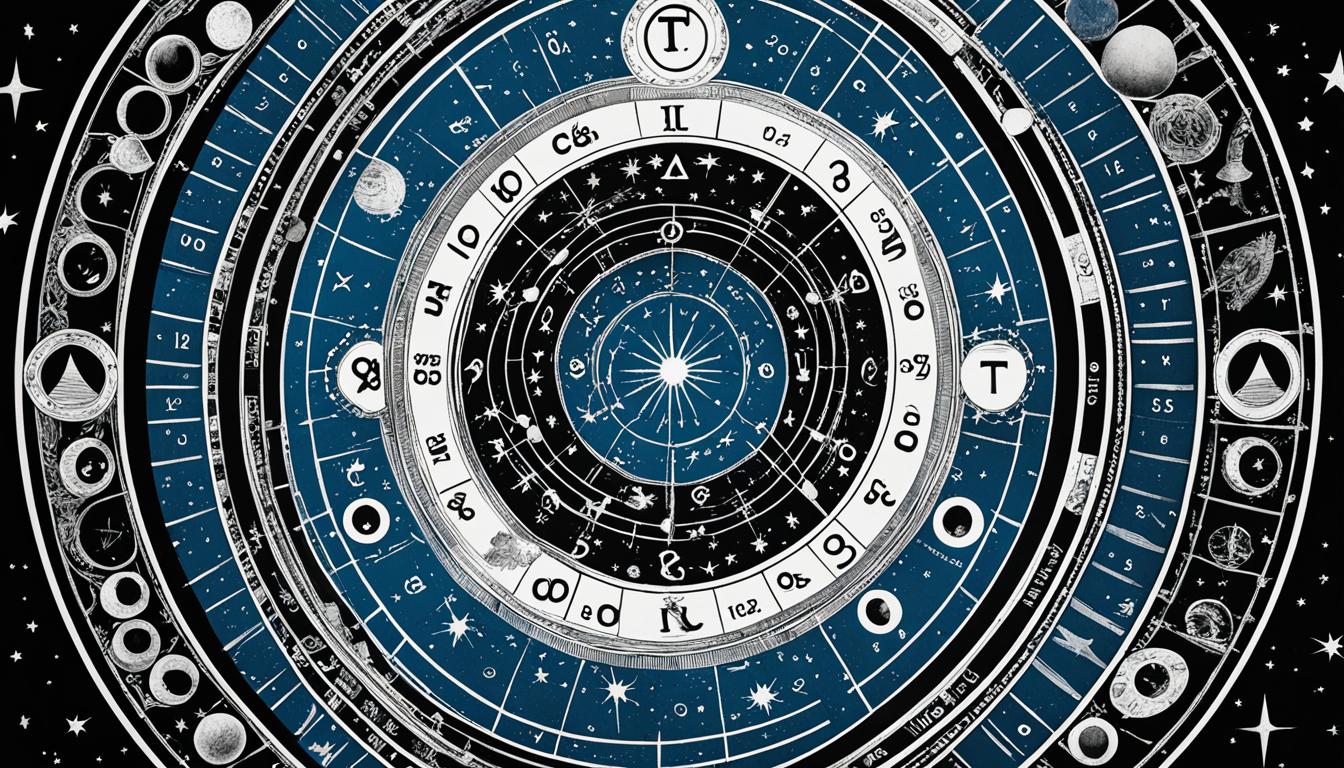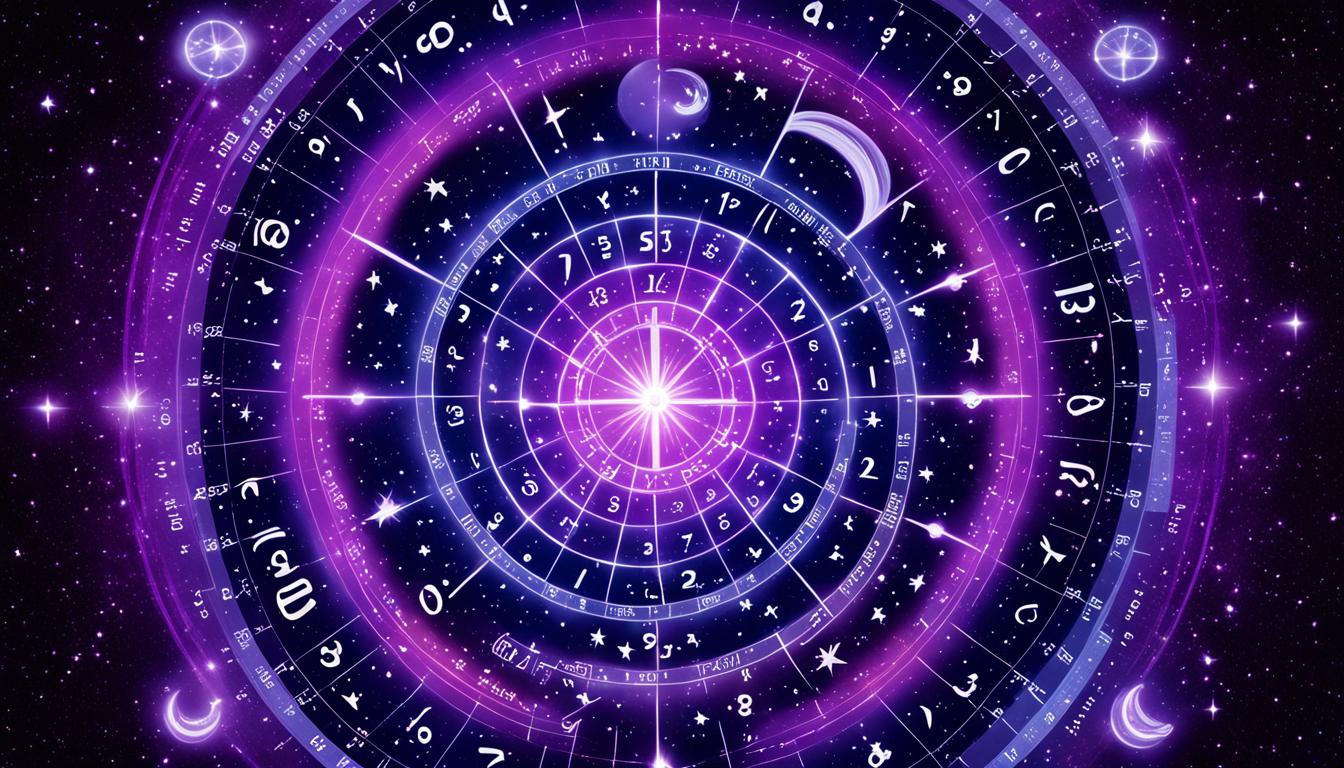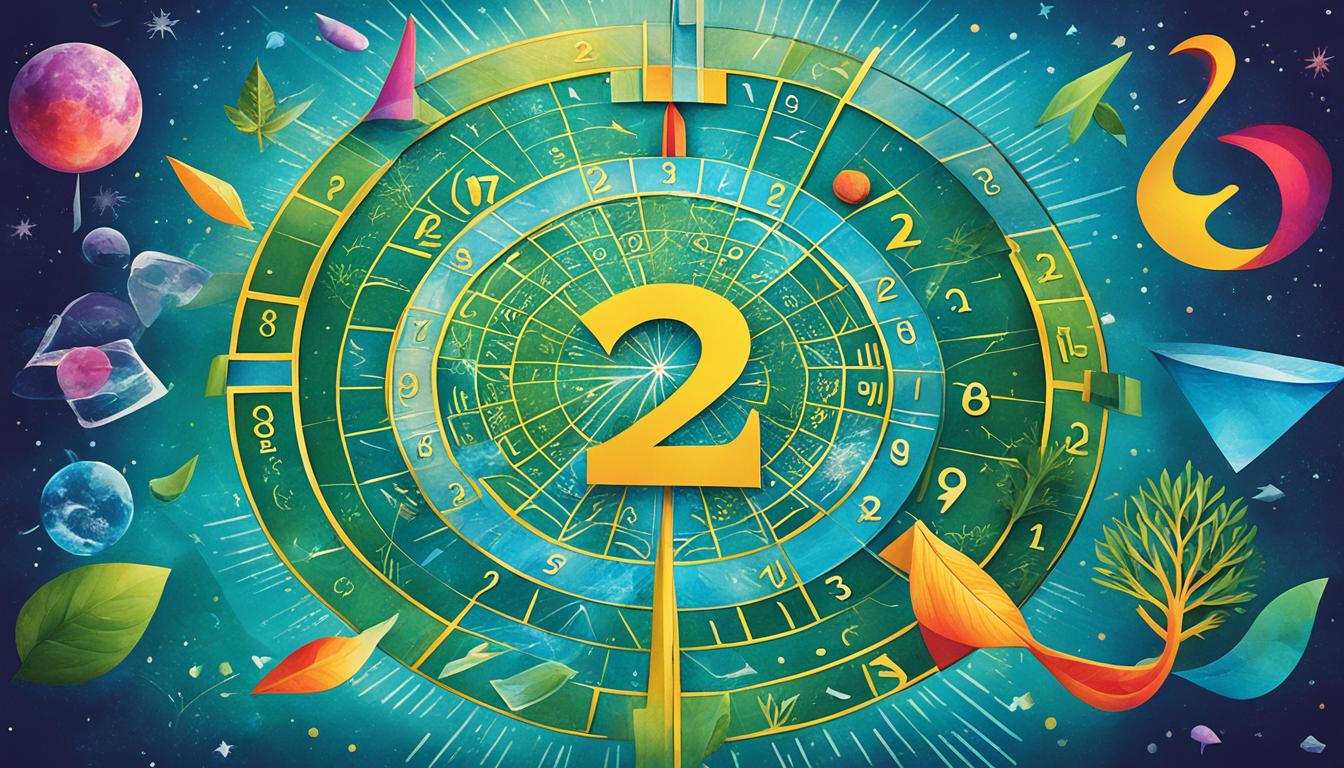Dream symbols can seem strange and confusing, but learning to interpret them can provide valuable insights into your subconscious mind and intuition. This beginner’s guide will explain what dream symbols are, why we dream in symbols, and strategies to start decoding the meanings behind common symbols found in dreams. Follow along to gain a foundation for understanding your dreams on a deeper level.
Key Takeaways
What Are Dream Symbols?
Dream symbols are images, objects, people, places, or feelings that appear in dreams and represent something beyond their literal meaning. They act as a language of the subconscious and require interpretation to fully understand.
Some examples of common dream symbols include:
- Animals like dogs, cats, snakes, spiders – These can symbolize certain personality traits, behaviors or emotions
- Vehicles like cars, boats, trains, planes – These can represent modes of movement through life or transitions
- Natural places like oceans, forests, and deserts – These may reflect the state of your inner landscape
- Famous people, friends, or family members – These typically represent aspects of your own personality
- Objects like keys, money, mirrors – These can have metaphorical meanings about access, power, reflection, etc.
Dream symbols are highly subjective, so a specific symbol may have a unique meaning for each dreamer. However, some general associations can provide a starting point for digging into their significance. Pay attention to your gut feelings and intuitions about a symbol for clues to its personal meaning.
Why We Dream in Symbols
There are a few theories as to why we dream in abstract symbols rather than literal representations:
- The subconscious speaks through symbols – Sigmund Freud believed dreams represent unconscious desires, fears, or motivations through symbols as a way to bypass the ego’s defenses. Dream symbols allow us to confront anxieties and emotions that our waking mind avoids.
- Symbols evoke emotion – Carl Jung suggested symbols spark deep emotions and intimations of meaning that literal images can’t access in the same way. Dreams use symbolic language to communicate with the dreamer on a profoundly intuitive, metaphorical level.
- Dreams process information – Some theories propose dreams help sort through memories, impressions, and learned information by representing them visually as symbols. Dreams may store our experiences in symbolic form.
- Dreams reflect thinking patterns – Cognitive scientists think dreams may follow our ingrained mental patterns and associations that connect certain objects or concepts with specific emotions or meanings. Dream symbols emerge from our personal thought patterns.
So in summary, dream symbols act as messengers between the dreaming and waking mind to hint at deeper truths we may avoid confronting directly when awake. Learning to decode them can help uncover hidden feelings, significant relationships, and moments of self-realization.
Understanding the Language of Dreams
Interpreting dream symbols provides access to valuable self-knowledge and intuition to guide waking life. By unraveling the meaning of symbols, you can:
- Resolve subconscious issues and integrate different aspects of your psyche
- Gain deeper insights about your emotional state, relationships, and growth
- Receive spiritual guidance and creativity from a deeper connection with your dreams
- Problem-solve challenges with new perspectives revealed through dream messages
- Overcome anxieties, fears, or grief by understanding their root symbols
- Experience personal transformation and unlock your full inner potential
Strategies for Interpreting Dream Symbols
Here are some tips to get started with analyzing and interpreting the personal meaning of dream symbols:
- Look for symbol associations – Start by looking at common symbolic meanings. Does the symbol relate to any emotions, life stages, goals, or challenges for you? Look for personal connections.
- Consider the dream context – Think about how the symbol appeared in the dream itself – the situations involving it and how you responded can provide clues to its meaning.
- Reflect on waking life – Connect the symbol to what’s been happening in your waking life and what you’ve been thinking about lately. Is your subconscious trying to send a message through this symbol?
- Pay attention to emotions – Our gut feelings upon waking can indicate whether the symbol represents something positive or negative. Sit with the emotion for more insight.
- Keep a dream journal – Writing down all the details and feelings of the dream soon after waking taps into intuitive understanding. Review it later to see if new interpretations emerge.
- Follow your intuitions – Ultimately trust your own interpretations of dream symbols as having the deepest accuracy and significance.
Decoding dream symbols takes time, self-reflection, and an openness to inner exploration. But perseverance leads to a treasure trove of self-knowledge and life guidance waiting within your dreams.
Common Dream Symbols and Their Meanings
Here are some frequent dream symbols along with possible interpretations to spark your own personal connections:
Being chased
This common dream symbol often signals feelings of anxiety or guilt about avoiding an issue or situation in real life. Reflect on who or what is chasing you for more clues. It may represent avoidance of emotions, relationships, responsibilities, or other inner conflicts.
Flying
Dreams of flying can represent a sense of freedom, ambition, and transcending limits. They may indicate a boost in perspective, creativity, or spiritual awareness. Flying dreams can signify breaking free of restrictions and rising above problems that have been weighing you down.
Taking a test
This reflects anxiety about being evaluated based on performance. Think about what inner critic or fear of failure the test may symbolize. Tests in dreams often reveal pressures we place on ourselves and areas where we judge ourselves harshly.
Public nudity
Dreaming you’re naked in public can symbolize feelings of exposure, shame, or vulnerability. It may reveal a need for self-acceptance – to let go of pretenses, be more authentic, and celebrate your whole self.
Death/dying
This symbolizes the ending of a major phase of life. It could reflect transformation, deep change, or fear of loss and the unknown. Death in dreams signifies the need to leave something from your past behind so you can renew.
Being paralyzed/trapped
This suggests feeling helpless or trapped in some area of life. Identify where you feel limited or unable to act. The symbol points to situations in life that seem inescapable or overwhelming.
Losing teeth
Common dreams about teeth falling out are linked to communication anxieties and concerns about self-image or acceptance. They may reveal a major transition you are going through internally.
Recurring Dream Symbols and Their Meanings
Some dream symbols may recur frequently in your dreams, indicating that your subconscious is trying to draw attention to their meaning:
| Symbol | Meaning |
|---|---|
| Houses | Different rooms often represent different emotions. Recurring dream houses may symbolize integrating different aspects of your personality. |
| Water | Flowing or stormy water reflects your emotional state and spiritual flow. Turbulent waters or tides often symbolize overwhelming emotions or life chaos needing to be addressed. |
| Vehicles | Your mode of transport represents how you are maneuvering through life. Recurring vehicle troubles may mean you feel stuck on your path forward. |
| Animals | Certain animals like bears, snakes, and cats symbolize primal traits and instincts within you seeking expression or integration with your personality. |
| Numbers | Repeating numbers like 222, 777, or 1234 may signal there are messages from your subconscious you need to decipher and apply to your life. |
| Trees | Trees represent personal growth, resilience, stability, and a deeper connection with intuition depending on their condition. |
Pay extra attention when dream symbols persist over time. They hold deeper significance in understanding your innermost self.
Common Dream Archetypes and Their Meanings
Dreams will often use archetypal symbols representing universal human experiences and energies. Here are some common archetypal symbols:
Persona – Masks, disguises, uniforms. Relates to identity and the social mask.
Shadow – Dark figures, demons, temptation. Represents repressed aspects of self and fear of the unknown.
Anima/Animus – Representation of contrasexual energies (masculine/feminine). People or romantic partners of the opposite sex often reflect this.
Wise Elder – Teachers, advisors, clergy, wise ancients. Provides inner wisdom and integrity.
Trickster – Jesters, magicians, aliens, rule breakers. Challenges assumptions.
Hero – Brave rescues, moral dilemmas, and journeys. Represents courage and sacrifice for the greater good.
Child – Babies, toys, playfulness, fairytales. Symbolizes innocence, joy, and hope.
Mother – This archetype symbolizes nurturance, fertility, creation, and protection. Mothers, houses, gardens, food, or womb symbols represent this life-giving energy.
Death/Rebirth – This archetype signifies radical change, transformation, or transition. Death, phoenixes, ghosts, coffins, and metamorphosis scenes evoke this archetype.
By recognizing archetypal energies represented through dream symbols, you can better understand the universal human patterns and challenges seeking expression through your inner landscape.
Common Objects as Dream Symbols
| Object | Meaning |
|---|---|
| Keys | Represent access, answers, and opportunities. Missing keys can symbolize feeling locked out. |
| Jewelry | Indicates value, love, and self-worth. Necklaces may represent relationships, bracelets freedom. |
| Money | Relates to power, opportunity, exchange, and valuation. Financial issues in dreams are common. |
| Clothing | Represents self-expression, personas we present to the world. Dream clothing suggests how authentic you feel. |
| Vehicles | Modes of travel through life, transitions. Speed, ability to steer, and issues symbolize life direction. |
| Electronic devices | Communication, connection. Malfunctions suggest breakdowns in relationships or thinking. |
| Trees | Models of spiritual growth. The condition of the trees reflects inner development. |
| Water | Symbol of emotions, spirituality, and the inner life flow. Turbulence represents overwhelming feelings. |
| Home | Embodiment of inner psyche. Different rooms reflect different emotions and life areas. |
Dream objects often carry significant symbolic meaning beyond their literal form. Paying attention to the subtler meaning of objects provides valuable insights about inner realities.
Conclusion
Exploring your dreams through the language of symbols provides a profound gateway into self-awareness, intuition, and understanding, of the subconscious mind. By unraveling reoccurring symbols through ongoing journaling, reflection, and attention, you can integrate deeper aspects of self, resolve inner conflicts, and receive wisdom to guide your waking life journey.
Dream symbol interpretation is an ongoing process that unfolds over a lifetime. Be patient with yourself as you learn the unique symbolic language of your dreams. There are always new messages to uncover and a deeper understanding to gain if you persist. Know that profound insight awaits you anytime you devote focused reflection on the journey to knowing your innermost self through your dreams.
FAQ: More About Dream Symbol Interpretation
What are some benefits of interpreting dream symbols?
Some key benefits of interpreting dream symbols include increased self-awareness, resolving subconscious issues, unlocking creativity, finding life purpose, receiving spiritual guidance, overcoming fears or anxieties, working through grief, and integrating different aspects of your personality.
Do symbols in dreams always have a deeper meaning?
While most dream symbols represent something beyond their literal meaning, more direct or straightforward dreams can occur at times. It depends on your state of mind. However, paying attention to symbolism even in everyday dreams can provide helpful insights.
Can dreams contain messages about my health?
Yes, dreams sometimes send warnings related to your physical or mental health. Recurring images of certain body parts may indicate issues needing medical attention. Dreams can also reveal repressed emotions that are affecting wellbeing.
How can I learn to better recall dream symbols?
Keeping a dream journal, getting enough sleep, reducing stress, engaging your imagination, and expressing the intention to remember dreams before bed can all help strengthen your recall and ability to retain symbols.
When analyzing symbols, should I use dream dictionaries?
Dream dictionaries can offer inspiration on possible meanings, but it’s important to interpret symbols based on your personal context and intuition. Universal meanings may not apply directly to your unique dreams.
How long does it take to interpret dream symbols effectively?
Interpreting symbols usually improves with consistent practice over weeks, months, or years. There is no set timeframe – be patient with yourself and the ongoing process of gaining deeper self-knowledge through dreams.




5 responses to “Unraveling Dream Symbols: Your Essential Guide to Dream Interpretation”
[…] and events in your waking life that may have influenced them. This can provide a more personalized interpretation of the dream symbols and their […]
[…] are psychological and symbolic interpretations of bathroom dreams that can reveal deeper insights into a person’s […]
[…] interpreting dreams of people, it is essential to consider the symbols and meanings associated with the individuals or […]
[…] If you are struggling to understand the meaning or impact of your sexual dreams, it can be helpful to consult a dream analyst or therapist. These professionals can provide valuable insights and guidance in interpreting your dreams and exploring their potential significance. […]
[…] Understanding dream symbolism is crucial in interpreting dreams about dying. […]